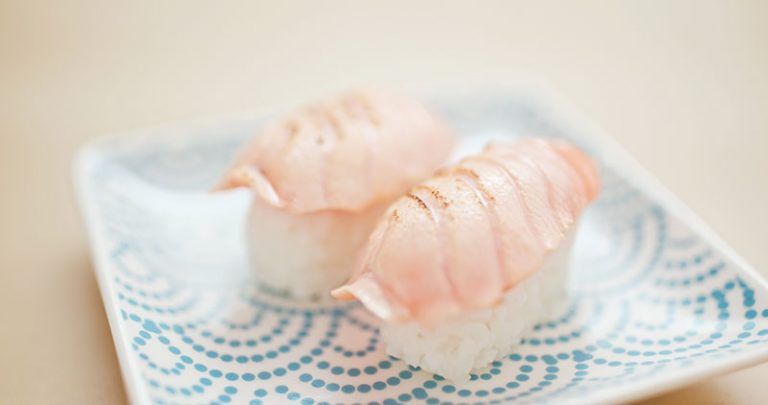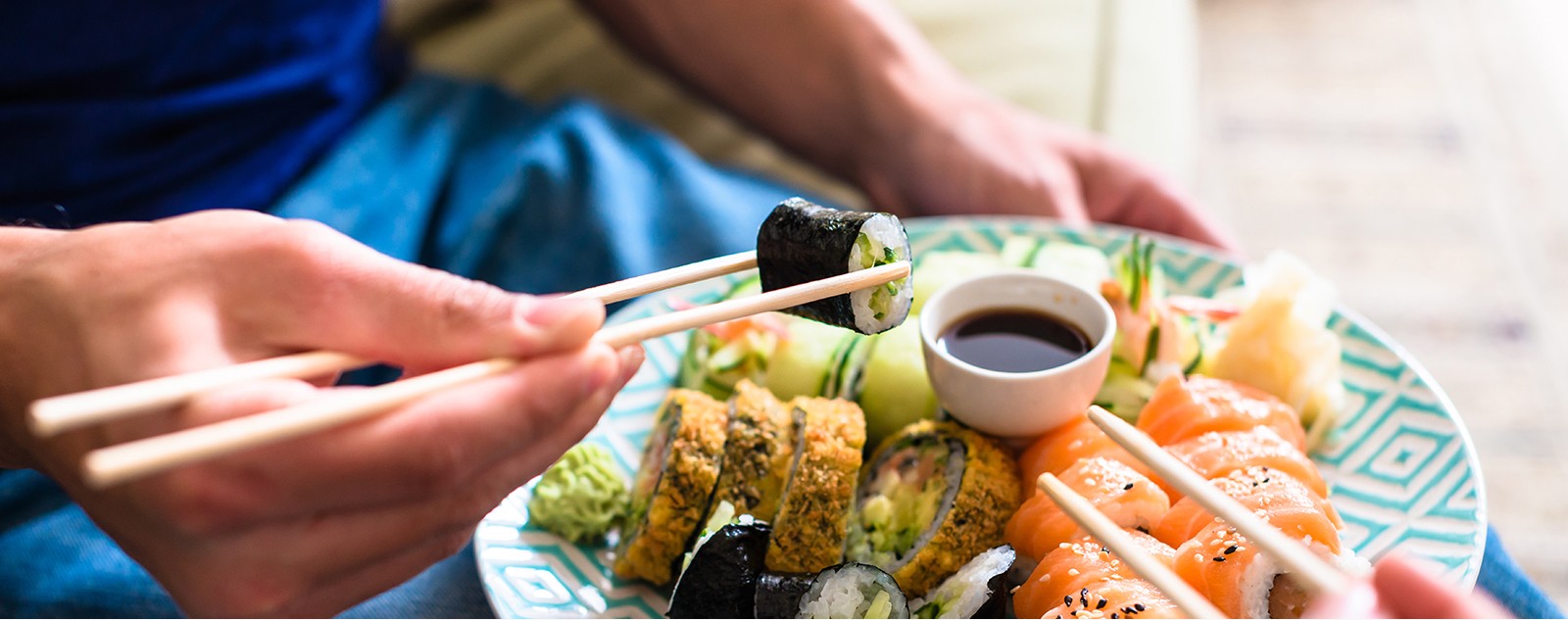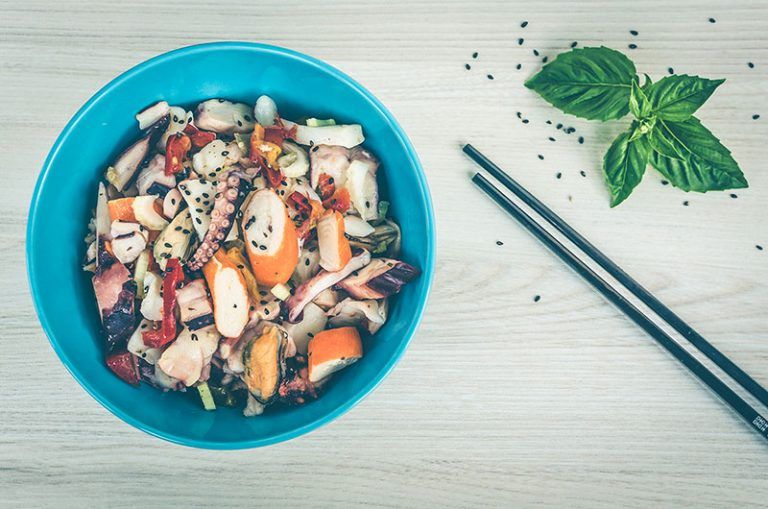
Undoubtedly, the dietary habits of people around the world vary impressively. This doesn’t have to do only with the availability of particular foods per region, but mainly with each and every lifestyle.

Asian people stand out when it comes to nutrition, as they are applying their lifestyle on their dietary habits. In order to disseminate the philosophy of the Japanese cuisine, several books have been written such as “The Japan diet: 30 days to a slimmer you” and “Japanese women don’t get old or fat: Secrets of my mother’s Tokyo kitchen”.
The Japanese diet owes its popularity to the fact that it recommends limited consumption of processed foods and foods rich in saturated fats. For this reason, Japan is one of the countries with the lowest percentage of obesity in the world, despite the economic growth it experiences over the past few decades.
The success factors of the Japanese diet include:
- High consumption of complex carbohydrates, found in rice, wholegrain cereals, fruit, vegetables and pulses. For instance, peppers, green beans, zucchinis, aubergine, onions, carrots, spinach, bamboo, cabbage, broccoli, beetroots, turnip, mushrooms, seaweed and soya.
- Consumption of soya through various products. Soya is of particular importance to our diet as it is an excellent source of plant protein, with almost no saturated fats. However, it should be consumed in moderation, just like seaweed.
- Consumption of a variety of vegetables in every meal. Low in calories, vegetables make you feel full, without adding to your weight. They are also an excellent source of vitamins and antioxidant compounds.
- High consumption of fish. Fish and seafood form an everyday choice in Japanese diet, as the consumption of white-meat fish, dark-meat fish, shellfish and cephalopods, such as squid, safeguards all the health benefits of Omega-3 fatty acids.
- Portion control. Japanese dishes stand out for their meticulous preparation and small quantity of food. This preparation makes Japanese people dedicate more time to lunch and enjoy food more. As a result, the feeling of saturation takes longer to reach their brain, in comparison to a fast meal.
At Pescanova, we are well aware of the benefits of fish consumption and that’s why we are always trying to be a step ahead and offer our clients the best products possible. Regarding Japanese culture, Pescanova got together with Kabuki group and created a wide range of Japanese dishes that you can prepare and enjoy at home. Check them out at https://experienciakirei.com
OTHER DIETS
The Japanese diet is not the only one high in fish consumption. There are others as well, such as the Mediterranean (thoroughly studied for its health benefits) and the Scandinavian one.
The Mediterranean diet is a common practice in Mediterranean countries, such as Greece and Italy (presenting one of the greatest life expectancies in some of their areas). The most important element in this diet is olive oil, which is the main source of fat. Of great importance as well is the consumption of vegetables, fruit, wholegrain cereals, nuts, fish and dairy products, combined with pasta (in small portions), hummus and beans.
The Scandinavian diet is rich in wholegrain cereals (rye bread), dark-meat fish, berries (such as cranberries), vegetables and dairy products. It doesn’t include such a high consumption of fruit, vegetables and olive oil – rich in vitamins and antioxidants – like the Mediterranean diet. Still, it provides antioxidants and Omega-3 fatty acids through the berries and fish respectively.
Although these diets are based on particular categories of food, not all products are consumed in all countries. For instance, in Scandinavia, it is common to consume rye bread, which is not the case in the Mediterranean countries.
Concluding, there are no “amazing” foods; just properly balanced diets and healthy habits, such as portion control and plenty of exercise.

FRESHNESS HAS A TASTE. WILL YOU TRY?
Tasty, healthy dishes that keep the freshness of the sea intact

OVEN-BAKED FISH STICKS WITH HOMEMADE POTATO CHIPS AND MAYONNAISE WITH CHIVE AND MUSTARD 
GLUTEN-FREE FISH STICKS IN THE OVEN WITH COOL GUACAMOLE 
HAKE BURGERS WITH ICEBERG LETTUCE, TARTARE SAUCE AND SKIN POTATOES







